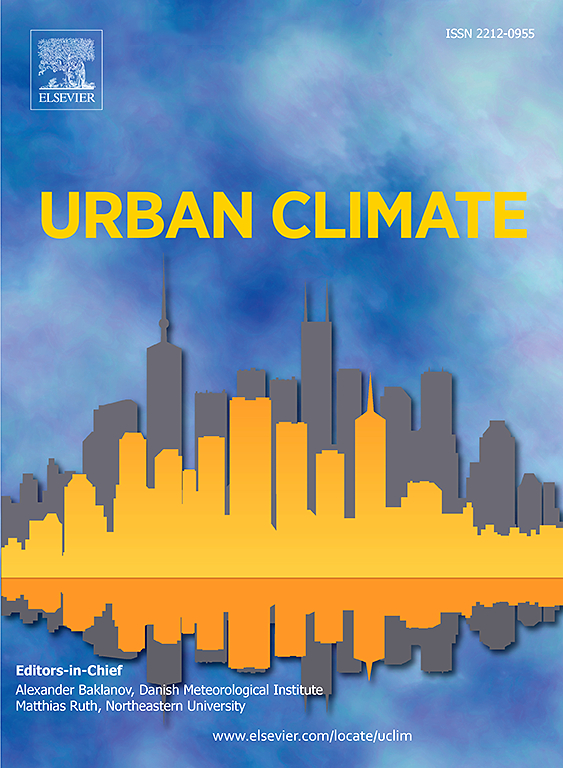Forecasting the air pollution concentration with neural networks
IF 6
2区 工程技术
Q1 ENVIRONMENTAL SCIENCES
引用次数: 0
Abstract
Air pollution is a global problem, which has a major impact on human health. Every year concentrations of many air pollutants cause a large number of deaths. In Europe, particularly Poland, there is poor air quality. In this paper, we deal with forecasting the concentration of air pollutants. We propose four deep learning-based methods for forecasting, which include temporal convolutional network (TCN), Kolmogorov-Arnold Network (KAN), fully convolutional network (FCN), and gated recurrent unit (GRU). Each of the methods is used in three different configurations. We generate predictions for eight air pollutants, from eight cities during a heating season in Poland. Extensive twofold experimental evaluation, combining statistical hypotheses verification and error measures (MAE, MAPE, RMSE) for more than 740 forecast models confirmed high prediction accuracy. Moreover, experiments revealed the advantage of the proposed methods over several state-of-the-art algorithms from the literature.

用神经网络预测空气污染浓度
空气污染是一个全球性问题,对人类健康有重大影响。每年许多空气污染物的浓度造成大量死亡。在欧洲,尤其是波兰,空气质量很差。本文讨论了大气污染物浓度的预报问题。我们提出了四种基于深度学习的预测方法,包括时间卷积网络(TCN)、Kolmogorov-Arnold网络(KAN)、全卷积网络(FCN)和门控循环单元(GRU)。每种方法都在三种不同的配置中使用。在波兰的一个采暖季节,我们对八个城市的八种空气污染物进行了预测。结合统计假设验证和误差测量(MAE、MAPE、RMSE)对740多个预测模型进行了广泛的双重实验评估,证实了较高的预测精度。此外,实验揭示了所提出的方法优于文献中几种最先进的算法。
本文章由计算机程序翻译,如有差异,请以英文原文为准。
求助全文
约1分钟内获得全文
求助全文
来源期刊

Urban Climate
Social Sciences-Urban Studies
CiteScore
9.70
自引率
9.40%
发文量
286
期刊介绍:
Urban Climate serves the scientific and decision making communities with the publication of research on theory, science and applications relevant to understanding urban climatic conditions and change in relation to their geography and to demographic, socioeconomic, institutional, technological and environmental dynamics and global change. Targeted towards both disciplinary and interdisciplinary audiences, this journal publishes original research papers, comprehensive review articles, book reviews, and short communications on topics including, but not limited to, the following:
Urban meteorology and climate[...]
Urban environmental pollution[...]
Adaptation to global change[...]
Urban economic and social issues[...]
Research Approaches[...]
 求助内容:
求助内容: 应助结果提醒方式:
应助结果提醒方式:


